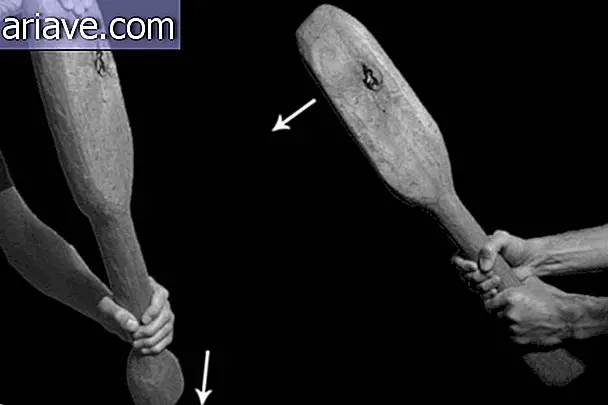Risk of being hit by meteorites is 10 times higher than previously thought
In February of this year, the meteorite explosion that struck Chelyabinsk in Russia, caused so much damage that the event became known as the biggest impact on the planet since the Tunguska episode, which occurred in 1908 also in Russia and devastated a huge uninhabited area in Siberia. What is worrying is that, for many scientists, this year's fall has served a huge “wake-up call”.
According to El Mundo, a study published this week revealed that the number of space rocks similar in size to the one that hit Chelyabinsk - about 20 meters - and which pose a risk to our planet is ten times higher than previously thought. The scientists also calculated how much energy was released by the meteorite explosion, and concluded that it was equivalent to detonating a 500 kiloton bomb.
Just to give you an idea, the atomic bomb dropped on Hiroshima was a meager 15 kilotons! Did you understand the scientists' concern? Larger space rocks are being monitored as closely as possible. However, the problem is that smaller objects - such as the one that exploded in Chelyabinsk - are quite difficult to detect early enough for anything to be done.
Real risk

After the destruction in Chelyabinsk, scientists realized that smaller rocks could also be absurdly powerful and potentially deadly. So astronomers around the world are studying the February event very hard to determine the likelihood that a similar object will hit our planet. After all, nobody wants humans to end up having the same fate as dinosaurs!
A good thing - as it were - about the meteorite that fell in Russia is that the rock hit a relatively populated area and therefore the event was largely documented by the population. But have you ever wondered if the episode had occurred in a much larger city with millions of inhabitants?
Although smaller meteorites - up to 20 meters in size - do not have an apocalyptic destructive power, until recently their risk was wrongly underestimated by the scientific community. One solution astronomers suggest would be to create systems that detect these objects days or even weeks before impact, and we can only hope that none will hit us until they are implemented.











